Making tops and backs

A new and different making methodology has been used in this project: we have taken into account not only the mass, nor the frequency, but we have used in all and every element of the violin the specific Impedance criterion Z which combines the two parameters, mass and frequency: Z = M x F
The specific impedance we have used for the tops and backs is an adapted formula by Evan Davis:

Where M is the weight of the plates in grams and #2 y #5 the frequencies of the 2nd and 5th modes of resonance of the free plates.
The value of this Z EVANS number is what we are considering to graduate the thickness ofthe platets and make them similar
The mass and the frequency were carefully controlled in order to obtain the desired Z values for the tops.
Along with the students we spent some days regraduating and measuring the plates the plates in different stages under the guidance of George
Stoppani, Roberto Jardón e Unai Igartua. These are the results we got:
Mass and impedance steps for the soundboards
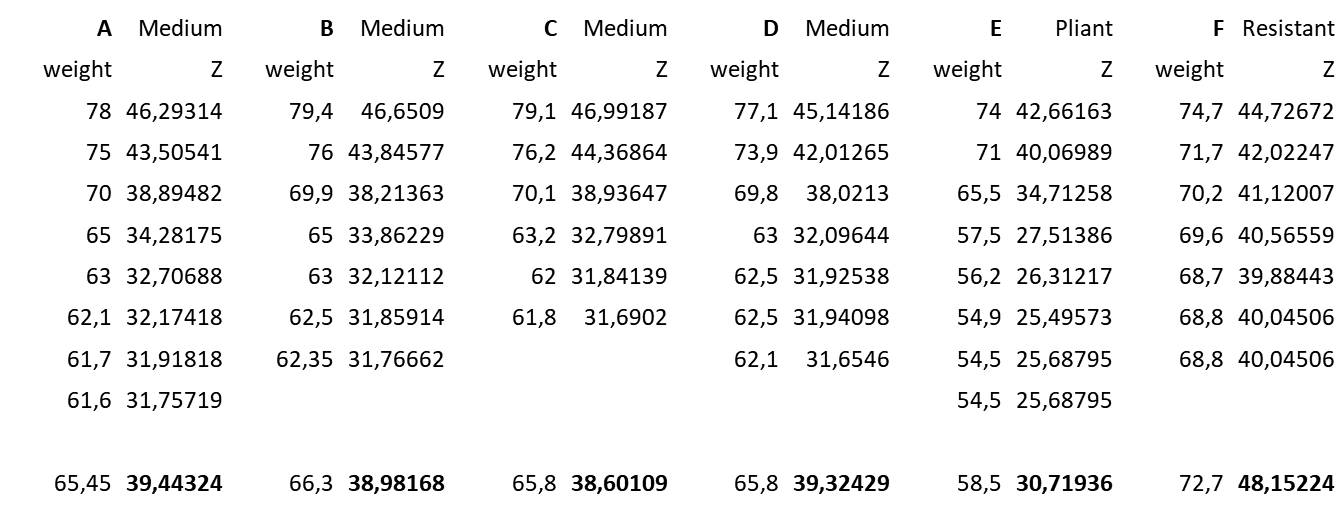
The numbers on the last row are the definite result for the soundboard with the finished bass bar.
Thicknesses for soundboard and backs
-
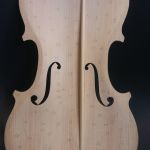
-
Soundboard A Medium
-
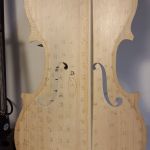
-
Soundboard B Medium
-
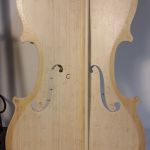
-
Soundboard C Medium
-
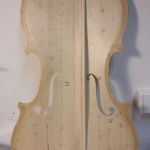
-
SoundboardD Medium
-
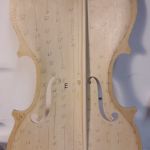
-
Soundboard Pliant E
-
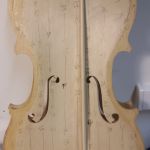
-
Soundboard F Resistant
Mass and impedance steps for the backs
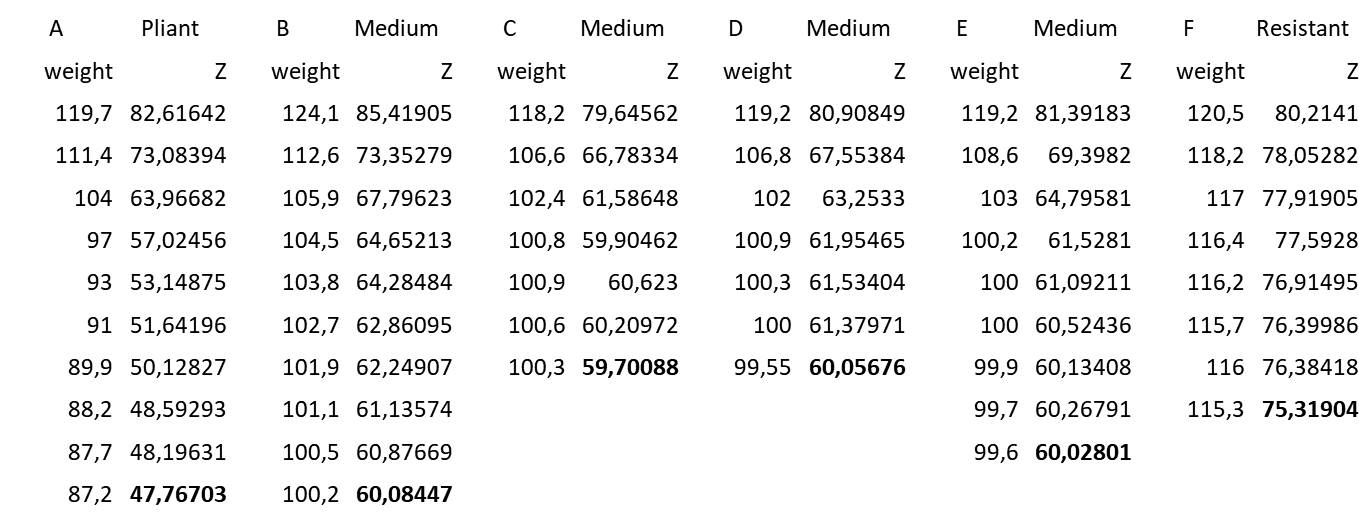
Thicknesses for the backs
-
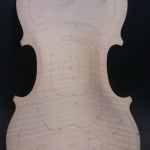
-
Back E Medium
-
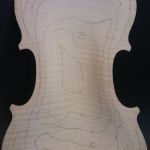
-
Back F Resistant
-
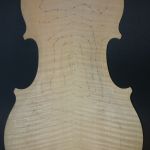
-
Back A Pliant
-
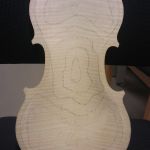
-
Back B Medum
-
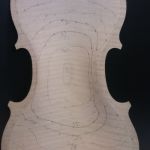
-
Back C Medum
-
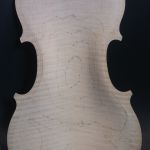
-
Back D Medum
Tras el trabajo en las tapas y fondo pegamos y ajustamos las barras también dentro de los mismos parámetros de impedancia.
All the plates and bass-bars were graduated, measured and the Modal Analysis measurements were done in all the plates with different boundary conditions.
The “Pinned Edge” system developed by George Stoppani allows us to obtain more information about the plates in certain boundary conditions that are more similar to those of the closed violin box.
.